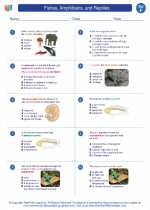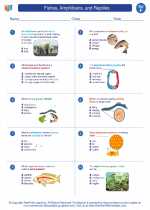Vitamin D
Vitamin D is a fat-soluble vitamin that is essential for maintaining strong bones and overall health. It is unique among vitamins because it can be synthesized by the body when the skin is exposed to sunlight. There are two forms of vitamin D: D2 (ergocalciferol) and D3 (cholecalciferol). Both forms can also be obtained from certain foods and supplements.
Sources of Vitamin D
The primary natural source of vitamin D is sunlight. When the skin is exposed to UVB rays from the sun, it produces vitamin D. Additionally, vitamin D can be obtained from dietary sources such as fatty fish (salmon, tuna, mackerel), egg yolks, cheese, and fortified foods (milk, orange juice, cereals).
Functions of Vitamin D
Vitamin D plays a crucial role in calcium absorption and bone health. It helps the body absorb calcium and phosphorus, which are essential for maintaining strong bones and teeth. Vitamin D also supports immune function, muscle health, and may have a role in reducing the risk of certain diseases such as osteoporosis, heart disease, and some types of cancer.
Deficiency and Toxicity
A deficiency in vitamin D can lead to health problems such as rickets in children and osteomalacia in adults, both of which are characterized by weakened and soft bones. In severe cases, vitamin D deficiency can lead to osteoporosis. On the other hand, excessive intake of vitamin D can lead to toxicity, causing symptoms such as nausea, vomiting, weakness, and in severe cases, kidney damage.
Recommended Intake
The recommended intake of vitamin D varies by age and life stage. For example, the recommended dietary allowance (RDA) for children is 600 IU (International Units) per day, while adults up to age 70 require 600 IU per day, and adults over 70 require 800 IU per day. However, individual needs may vary based on factors such as sun exposure, skin pigmentation, and certain medical conditions.
Study Guide
- What are the two forms of vitamin D?
- How is vitamin D synthesized in the body?
- What are the natural food sources of vitamin D?
- What role does vitamin D play in bone health?
- What are the potential health problems associated with vitamin D deficiency?
- What are the symptoms of vitamin D toxicity?
- How is the recommended intake of vitamin D determined?
◂Science Worksheets and Study Guides Sixth Grade. Fishes, Amphibians, and Reptiles

 Activity Lesson
Activity Lesson
 Worksheet/Answer key
Worksheet/Answer key
 Worksheet/Answer key
Worksheet/Answer key
 Worksheet/Answer key
Worksheet/Answer key
 Worksheet/Answer key
Worksheet/Answer key
 Vocabulary/Answer key
Vocabulary/Answer key
 Vocabulary/Answer key
Vocabulary/Answer key
 Vocabulary/Answer key
Vocabulary/Answer key
 Vocabulary/Answer key
Vocabulary/Answer key
 Vocabulary/Answer key
Vocabulary/Answer key
